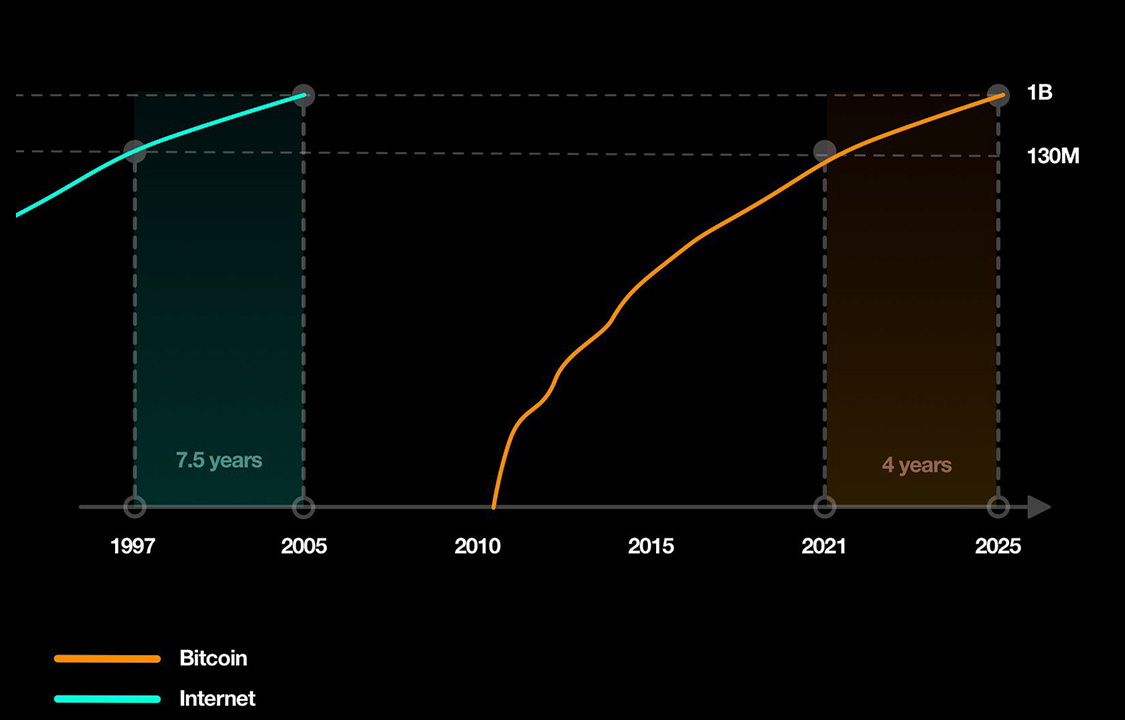Cryptocurrency is a game-changer in the financial sector because it paves the way for decentralized, secure transactions. While the crypto market has experienced significant growth, widespread adoption and acceptance of cryptocurrencies are still in the early stages. In this blog, we will delve deeper into the strategies and initiatives that can accelerate the mass adoption of cryptocurrency, making it more accessible and appealing to a broader audience.
1. Education and Awareness
Education and awareness are essential for overcoming the knowledge gap surrounding cryptocurrencies and blockchain technology. Many people remain unfamiliar with the concepts, benefits, and potential risks associated with digital currencies. Efforts should focus on providing accessible and accurate information through educational campaigns, workshops, online courses, and collaborations with educational institutions. Individuals will feel more confident and empowered to engage with cryptocurrencies by promoting understanding and dispelling misconceptions.
2. User-Friendly Interfaces and Applications
Mass adoption is tremendously influenced by the user experience. Cryptocurrency wallets, exchanges, and other platforms must be designed with simplicity and intuitiveness. User-friendly interfaces that abstract the complexity of blockchain technology can attract a wider audience, including non-technical users. Streamlined processes, clear instructions, and intuitive designs will contribute to a smoother onboarding experience, making it more appealing for newcomers to engage with cryptocurrencies.
3. Enhanced Security Measures
Security concerns remain a significant barrier to mass adoption. Enhancing security measures and addressing vulnerabilities will help build trust among potential users. Implementing robust security protocols, multi-factor authentication, hardware wallets, and educating users about best practices for securing their digital assets can significantly improve the overall security of the crypto ecosystem. Collaboration with cybersecurity experts and ongoing auditing of platforms can further bolster confidence in the technology.
4. Regulatory Clarity and Supportive Frameworks
Regulatory uncertainty inhibits mass adoption as businesses and individuals remain cautious about legal compliance and potential repercussions. Governments and regulatory bodies should provide clear guidelines and regulations that foster innovation while ensuring consumer protection, financial stability, and prevention of illicit activities. Establishing a transparent and supportive regulatory framework can encourage businesses to embrace cryptocurrencies, attracting institutional investors and increasing consumer confidence.
5. Merchant Acceptance and Payment Integration
Increasing the number of merchants and businesses that accept cryptocurrencies as a form of payment is crucial for mass adoption. Partnerships with payment processors and integration with popular e-commerce platforms can facilitate crypto transactions, making it more convenient for consumers to use digital assets for everyday purchases. Incentivizing merchants through lower transaction fees, faster settlement times, and marketing campaigns can encourage broader acceptance of cryptocurrencies.
6. Financial Inclusion and Remittances
Cryptocurrencies have the potential to promote financial inclusion, particularly in regions with limited access to traditional banking services. Educating the unbanked and providing them with easy-to-use tools for managing and transacting in cryptocurrencies can help bridge the gap. Additionally, leveraging cryptocurrencies for remittances can offer faster and cheaper cross-border transactions, providing a compelling use case for crypto adoption.
7. Collaboration and Partnerships
Collaboration between different stakeholders is essential for accelerating mass adoption. Governments, regulatory bodies, technology companies, financial institutions, and industry associations need to work together to develop standards, share best practices, and promote interoperability. Strategic partnerships can lead to the integration of cryptocurrencies into existing financial systems, allowing for seamless interaction between fiat and digital currencies.
8. Scalability Solutions
Scalability remains a significant challenge for cryptocurrencies, particularly with the increasing number of users and transactions. Developing and implementing scaling solutions, such as layer-two protocols (e.g., Lightning Network) or sharding, can improve transaction throughput and reduce fees. Research and development efforts should focus on enhancing blockchain scalability without compromising security or decentralization.
9. Public-Private Initiatives and Government Support
The adoption of cryptocurrencies may be boosted by public-private initiatives that foster cooperation between governments and the business sector. By supporting blockchain startups, fostering innovation through funding and grants, and creating regulatory sandboxes, governments can demonstrate their commitment to embracing the potential of cryptocurrencies. Joint efforts can lead to the development of blockchain-powered solutions that address real-world challenges across various sectors.
10. Improved Cross-Platform Interoperability
To facilitate mass adoption, interoperability between blockchain platforms and cryptocurrencies must be enhanced. Efforts should focus on developing standardized protocols and cross-chain communication mechanisms, allowing for seamless transfer of assets and data between different networks. This interoperability will create a more interconnected and efficient crypto ecosystem, promoting widespread adoption and usability.
11. Marketing and Public Perception
Effective marketing campaigns and targeted outreach initiatives can help shape public perception and create positive associations with cryptocurrencies. Emphasizing the benefits of decentralization, security, financial empowerment, and accessibility can attract a broader audience. Engaging with influencers, sponsoring events, and leveraging social media platforms can increase visibility and generate interest in cryptocurrencies among both individuals and businesses.
12. Continued Research and Development
The crypto space is still evolving, and ongoing research and development efforts are crucial for advancing the technology and addressing its limitations. Investments in blockchain infrastructure, scalability solutions, privacy enhancements, and user experience improvements will pave the way for broader adoption. Collaboration between academia, industry experts, and technology developers can drive innovation and push the boundaries of what is possible with cryptocurrencies.
Conclusion
Rapidly speeding up mass adoption of cryptocurrency requires a multifaceted approach that addresses education, user experience, security, regulatory clarity, merchant acceptance, financial inclusion, collaboration, scalability, public-private initiatives, interoperability, marketing, and ongoing research and development. By focusing on these strategies and initiatives, the crypto community can overcome barriers and create a more inclusive and accessible ecosystem.
Cryptocurrencies have the potential to revolutionize finance, governance, and numerous other industries. Accelerating mass adoption will unlock the full potential of blockchain technology, leading to a more decentralized, transparent, and efficient future. With concerted efforts and a collaborative approach, we can pave the way for a widespread acceptance of cryptocurrencies, making them an integral part of our daily lives.

